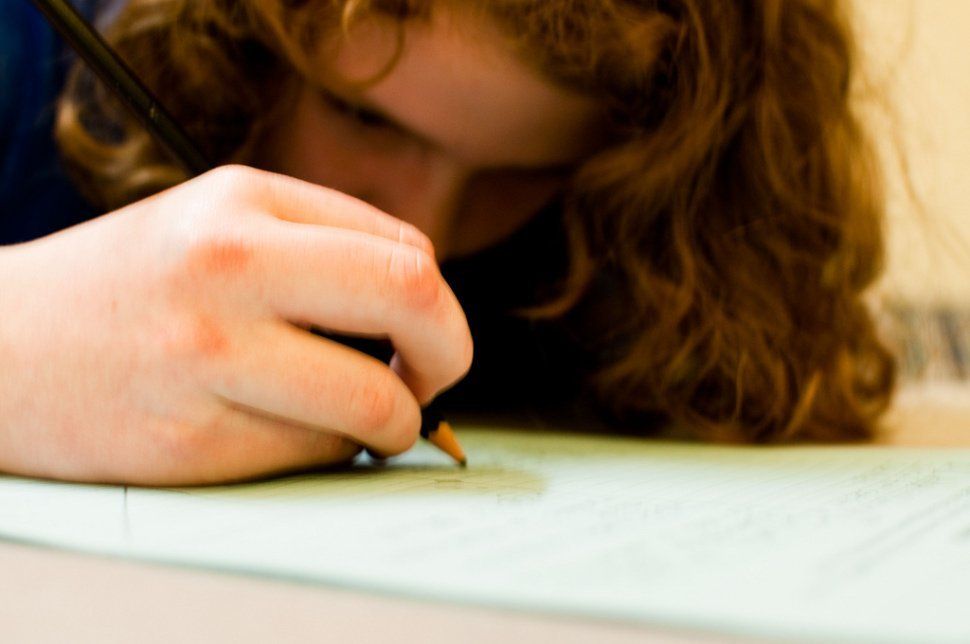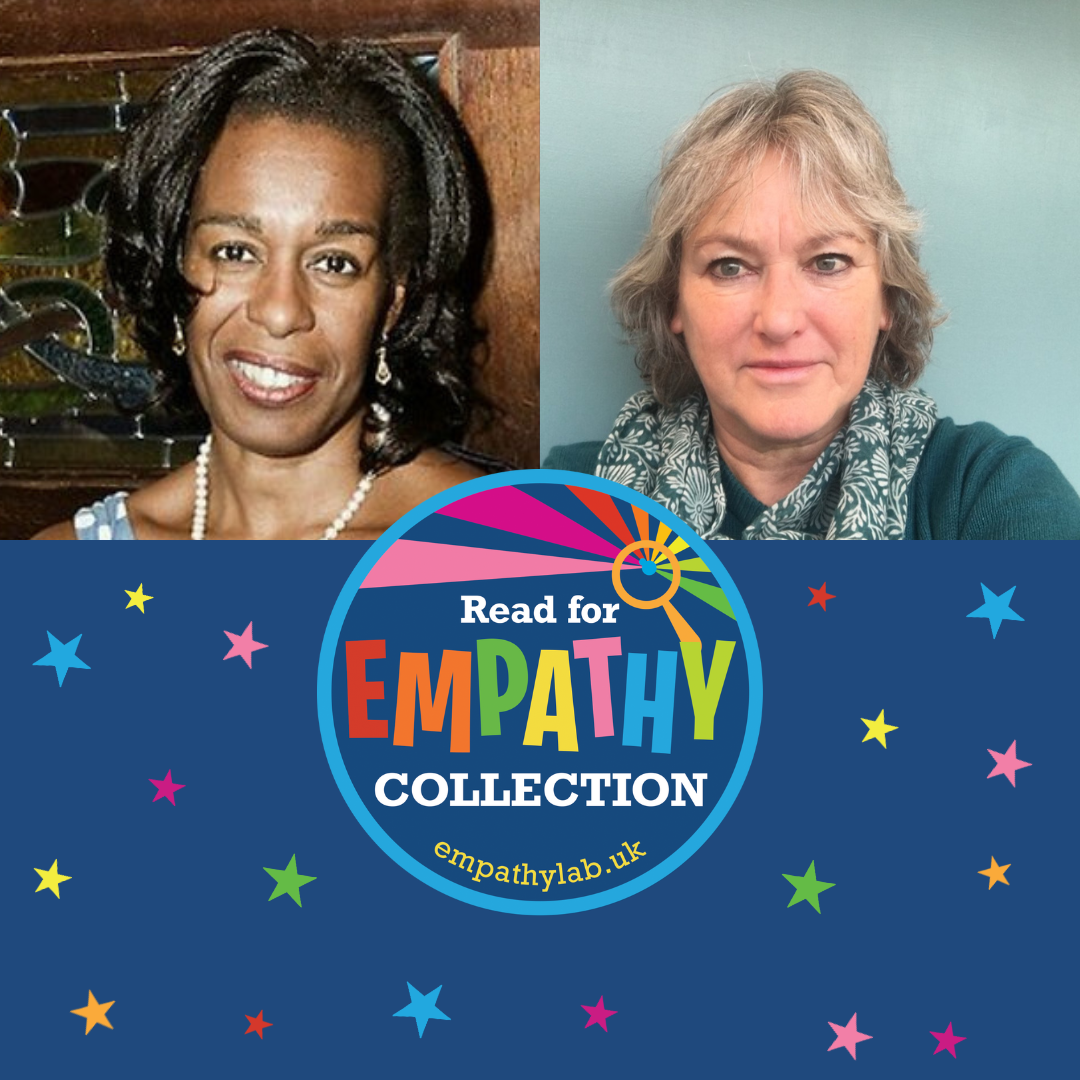HELPING YOUNG PEOPLE DEVELOP EMPATHY
- By EmpathyLab
- •
- 31 Jan, 2017
- •

As an educational psychologist, I am passionate about the “creative power of words to build empathy and the power of empathy to make the world a better place”, as outlined in the mission statement of EmpathyLab. So much of an educational psychologist’s work centres around helping young people develop empathy and also helping the adults living or working with the young people develop empathy for the young people.
In Hampshire, the educational psychologists train and give ongoing supervision to Emotional Literacy Support Assistants to support young people in schools. Emotional Literacy Support Assistants foster empathy and model empathy for the young people with whom they work.
We also train school staff to run Therapeutic Story Writing Groups (using Trisha Waters’ model), using the magic of story and metaphor to help children express their emotions in an appropriate and non-threatening or exposing way. Children are encouraged to write about anything they like and this excites and motivates them to write more. This not only gives them confidence and boosts their sense of belonging and wellbeing, but it improves their literacy skills as a by-product of addressing their emotional needs. It is vital to motivate young people to read and write, not just equip them with decoding and spelling skills. Through accessing stories, people can think about others and others’ contexts and issues, as well as their own, all of which are important life skills.
We have recently begun to train adults to run Story Links sessions which bridges the gap between home and school through the medium of co-creating a story with a young person, their parent/carer and a teaching assistant. Both children and adults connect through the fun and laughter arising from making up a story together and develop insights into another’s world. It was through experiencing the impact of this work first hand that drew me to want to find out more about EmpathyLab’s intentions.
It would be lovely if the freedom of telling and writing stories could be extended to a wider audience to reach more young people and adults than is possible through small group or 1:1 interventions. I look forward to hearing more about EmpathyLab’s proposals in this respect and would be keen to support such an approach or further research into the matter. Convincing others, who are pressurised by curriculum demands, is a challenge, yet the irony is that by giving children the freedom to write, they write more and they write better, as well as feel better.
Find out about the Top Ten Messages from our Think In and our next steps.
Read the Think In crowd-sourced recommendations for books that helped you understand someone else better.
Join our network on LinkedIn – we’d love you to be part of the conversation.
Thank you to Melanie Holtsman for her fantastic image ‘Get ready, Get Set, Write’ used under creative commons.

The collection consists of 65 books for 3-16 year olds, each chosen for its unique contribution in building young people’s empathy.
The primary collection for 3-11 year has 40 books; the secondary collection features 25 books for 12-16 year olds.

I am very fortunate to have been on the Read for Empathy booklist judging panel over the past few years.
I’m also a practising classroom teacher so I would like to consider how the books on the list can influence what happens in a school.
Firstly, along with many other schools, reading aloud is an important part of our school day, every day, almost without fail. All the teachers at my school are aware of the EmpathyLab booklist, and often use it as a basis for choosing their next class read. Knowing that the books touch on important aspects of our children’s lives is key; we all understand how important representation is in stories. These are books that make a difference, that lead to passionate discussions in the classroom and can actually influence children’s behaviour .
The booklists become increasingly valuable. We have a couple of hundred empathy texts at our school – they are there on merit. Staff often refer to previous lists if there as a particular aspect of empathy that they want to include or share with the children.
Our Year 6 Reading Champions often seek out picture books from the list to take in to KS1 and Reception when they read stories, so we already have the next generation educating each other about the importance of empathy. I love the fact they often meet beforehand (they tend to work in twos) to discuss what questions they might want to ask the children once the story has been read. After each booklist is released, they also spend several of their Friday recommendation slots in assembly talking about a couple of the books. We have parents in on our Friday assembly so it’s a great way to share the texts with them and help raise their awareness of our work.
We often use the books as our teaching texts for English, partly because they encourage excellent writing but also because they provide a fantastic opportunity for our pupils to develop their empathy skills. The Wild Robot by Peter Brown, Miraculous Journey of Edward Tulane by Kate DiCamillo, Freedom by Catherine Johnson, Eyes that Kiss in the Corners by Joanna Ho and A Street Dog Named Pup by Gill Lewis are all books that have made in into our English curriculum as a result of being on one of the Read for Empathy booklists. Well, that’s not strictly true - Edward Tulane was there before that as it’s one of my favourite ever books, but you hopefully take my point.
Reflecting on our empathy journey over the past few years, I’ve also found that the more books children read that address empathy, where they can relate to the characters and their choices, the more books they want to read. It’s almost a virtuous circle. Many begin to realise that such books can empower them to think about situations.
For example, as soon as we finished A Street Dog Named Pup last year, several of them immediately wanted to read other books by Gill Lewis. Because empathy is a thread that runs through much of her work ( Gorilla Dawn , Moon Bear , The Closest Thing to Flying and so on). Thanks to EmpathyLab's lists, I was able to point them in the direction of several other books, by her and others.
I think we agree that teaching children about empathy and providing them with opportunities to develop it is one of the most important gifts we can give them as adults. The fact that empathy has gone from being something that schools sort of understood a few years ago to being something that has got an increasingly solid evidence base is crucial.
There’s always been anecdotal evidence that reading stories is important for children and that it can change how they think but now that’s backed up with research. The empathy revolution (and it is a revolution) is only going to pick up more momentum over the next few years as the need for it becomes ever more apparent. Working in schools and in the world of children’s books means that we’re in the front line. There’s nowhere else I’d rather be.
